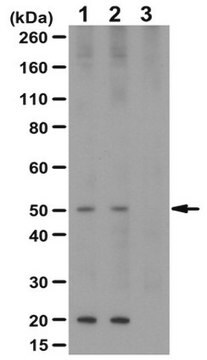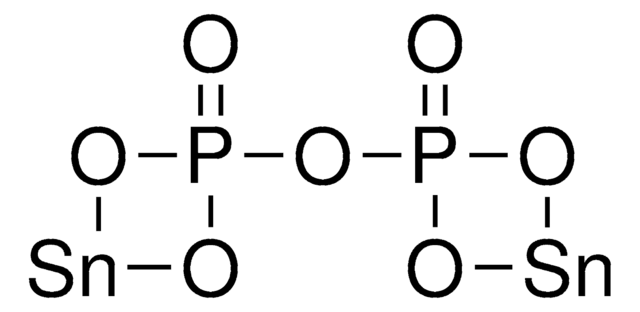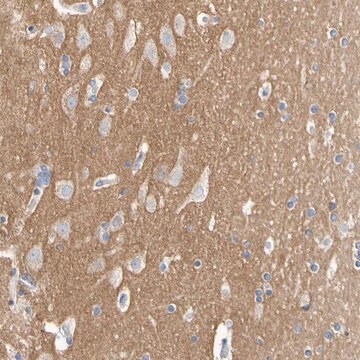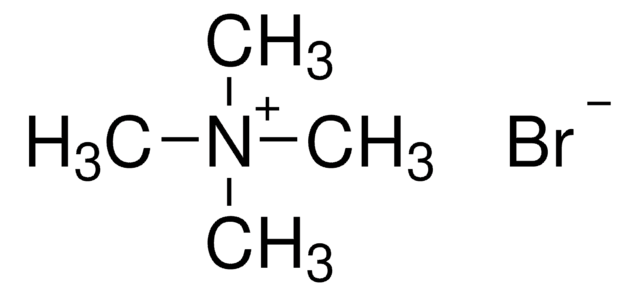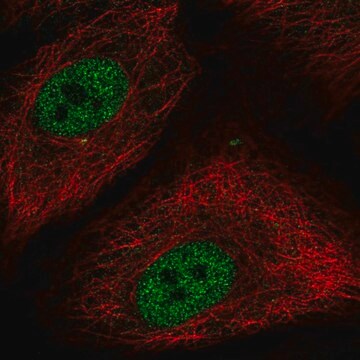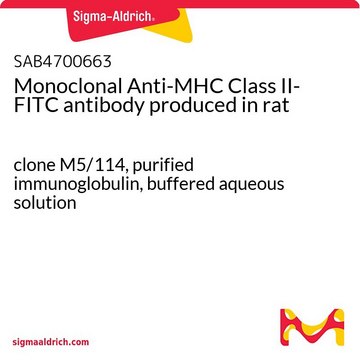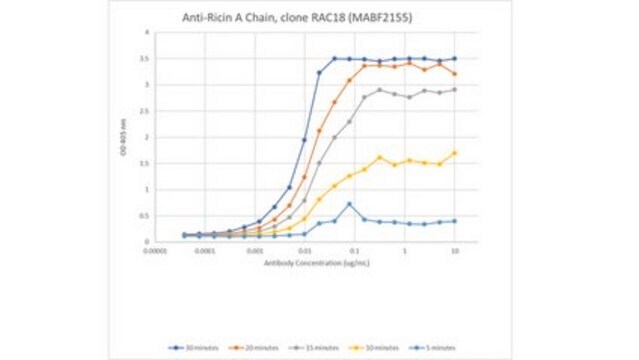ABN1379
Anti-TAG-1 Antibody
serum, from rabbit
Sinonimo/i:
Contactin-2, TAG-1, Axonal glycoprotein TAG-1, Axonin-1, Transient axonal glycoprotein 1, TAX-1
About This Item
Prodotti consigliati
Origine biologica
rabbit
Livello qualitativo
Forma dell’anticorpo
serum
Tipo di anticorpo
primary antibodies
Clone
polyclonal
Reattività contro le specie
rat, mouse
tecniche
immunocytochemistry: suitable
western blot: suitable
N° accesso NCBI
N° accesso UniProt
Condizioni di spedizione
dry ice
modifica post-traduzionali bersaglio
unmodified
Informazioni sul gene
mouse ... Cntn2(21367)
rat ... Cntn2(25356)
Descrizione generale
Immunogeno
Applicazioni
Immunocytochemistry Analysis: A representative lot detected a loss of TAG-1 immunoreactivity at the juxtaparanodal (JXP) region of teased sciatic nerves isolated from 4.1B−/− mice lacking the cytoskeletal adapter protein 4.1B (Horresh, I., et al. (2010). J. Neurosci. 30(7):2480–2489).
Neuroscience
Developmental Neuroscience
Qualità
Western Blotting Analysis: A 1:5,000 dilution of this antibody detected TAG-1 in 10 µg of mouse brain tissue lysate.
Descrizione del bersaglio
Stato fisico
Stoccaggio e stabilità
Handling Recommendations: Upon receipt and prior to removing the cap, centrifuge the vial and gently mix the solution. Aliquot into microcentrifuge tubes and store at -20°C. Avoid repeated freeze/thaw cycles, which may damage IgG and affect product performance.
Altre note
Esclusione di responsabilità
Non trovi il prodotto giusto?
Prova il nostro Motore di ricerca dei prodotti.
Codice della classe di stoccaggio
12 - Non Combustible Liquids
Classe di pericolosità dell'acqua (WGK)
WGK 1
Punto d’infiammabilità (°F)
Not applicable
Punto d’infiammabilità (°C)
Not applicable
Certificati d'analisi (COA)
Cerca il Certificati d'analisi (COA) digitando il numero di lotto/batch corrispondente. I numeri di lotto o di batch sono stampati sull'etichetta dei prodotti dopo la parola ‘Lotto’ o ‘Batch’.
Possiedi già questo prodotto?
I documenti relativi ai prodotti acquistati recentemente sono disponibili nell’Archivio dei documenti.
Il team dei nostri ricercatori vanta grande esperienza in tutte le aree della ricerca quali Life Science, scienza dei materiali, sintesi chimica, cromatografia, discipline analitiche, ecc..
Contatta l'Assistenza Tecnica.